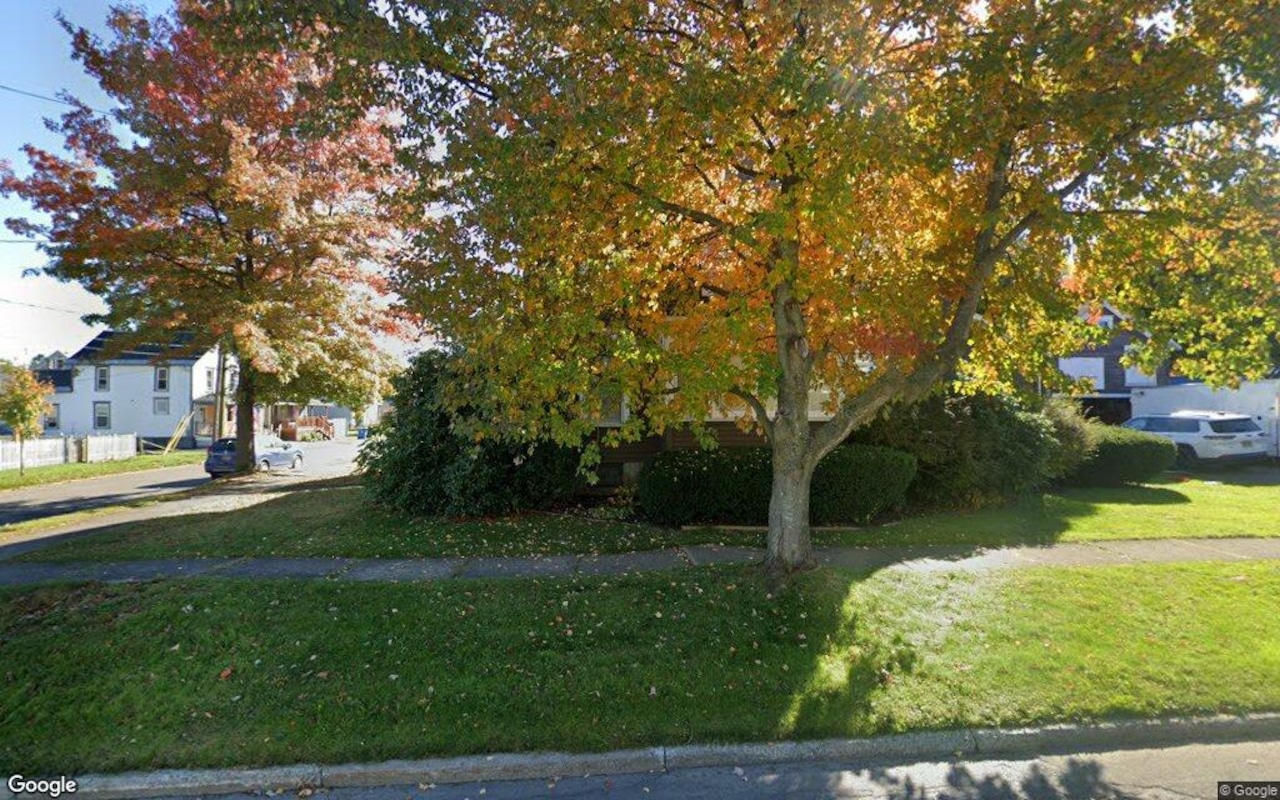S
pring is a busy time for the residential real estate market, and today's homebuyers have access to an unprecedented amount of information. With online listings available in every price range, buyers can view street-view photos, sales histories, square footage, interior images, and tax records. They can also search using customized criteria, making it easier than ever to find the perfect home.
When I bought my first house in the 1990s, inventory was limited, and information was scarce. Agents would photocopy listings for clients to review, with only a black-and-white exterior photo and basic details available. Fast forward to 2004, when I moved to South Carolina, and online listings had become the norm.
Despite the wealth of information available, there are two critical details often missing from real estate listings: flood-zone status and homeowner association (HOA) dues. These omissions can have a significant impact on homeownership costs. Flood insurance, for example, can be expensive, adding hundreds to monthly mortgage payments. A house in a flood zone can also be a nightmare.
Homebuyers should know their flood zone status before making an offer. You can search flood zones by address online at msc.fema.gov. If working with a real estate agent, express the importance of this information and ask how they can help.
HOA dues are another essential detail often left out of listings. These fees can be significant, especially in condominium communities where the association is responsible for building upkeep and insurance. Condo owners may also face special assessment payments for unexpected repairs. First-time buyers should factor in these hidden costs when using online mortgage calculators to determine their affordability.
By considering flood insurance costs and HOA dues, homebuyers can avoid surprises down the line and make more informed purchasing decisions.














